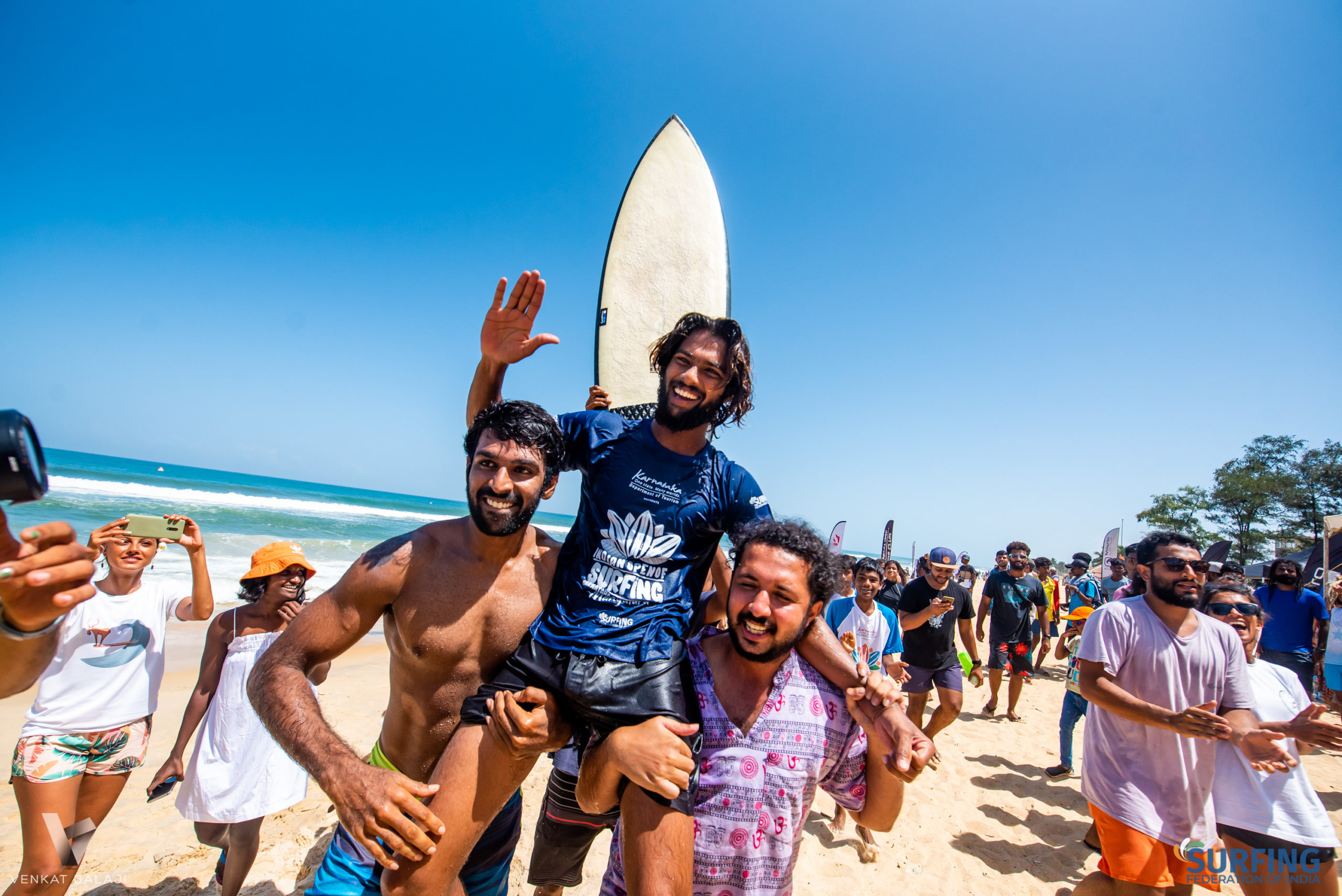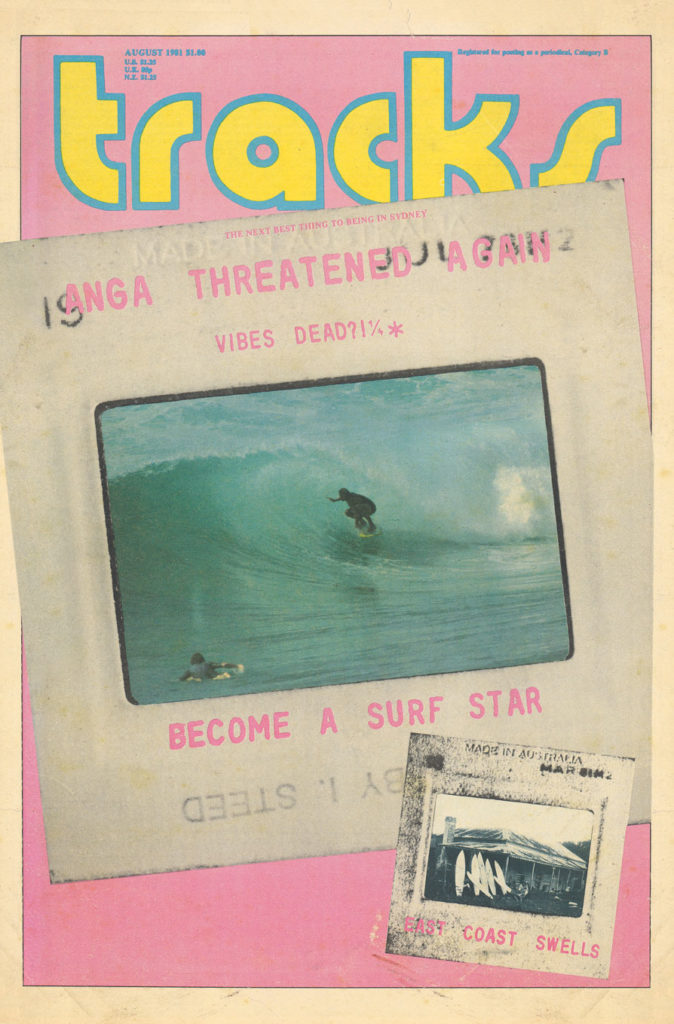Surfing is probably the last thing that comes to mind when you think of India. Yoga, spicy curry, cricket, western hipsters ‘finding themselves’ and a long list of topics pop up in your head until surfing rightfully should. But this may not be the case in the future; surfing is growing in India, with thousands of new enthusiasts estimated to be participating in the sport.
India’s Surfing Fact Sheet
– Approx. population of India is a whopping 1.83 billion
– India has 7,500 km of coastline, with an estimated 600 million people living along the coast.
– The pre-monsoon season (April- June, West Coast & June – September, East Coast) is when the waves are the best.
– India’s first surfers are known to have started in the early 2000s.
– The Surfing Federation of India (SFI) was established in 2012 and recognised by the International Surfing Association (ISA). The SFI has 120 members.
– The growth of new surfing enthusiasts is estimated to be in the thousands and is growing exponentially.
To gain a greater understanding of the current state of surfing in India we spoke to one of the country’s pioneers, Rammohan (Ramm) Paranjape, on what the future holds following this year’s Indian Open Of Surfing.
The Indian Open Of Surfing?
The Surfing Federation of India (SFI) hosted the third Indian Open Of Surfing at Mangalauru beach on the South West Coast at the end of May. Waves were kind of firing with clean one-to-three-foot peaks for India’s biggest surfing competition. Ramesh Budihal won the men’s division against a stacked 43 competitors. While, 16-year-old Sugar Shanti Banarse was victorious in the women’s open division. The Indian surfing festival also hosted a groms comp, a Stand-Up Paddleboard contest, and an expression session. Talent is beginning to flourish in the world’s second-biggest country.
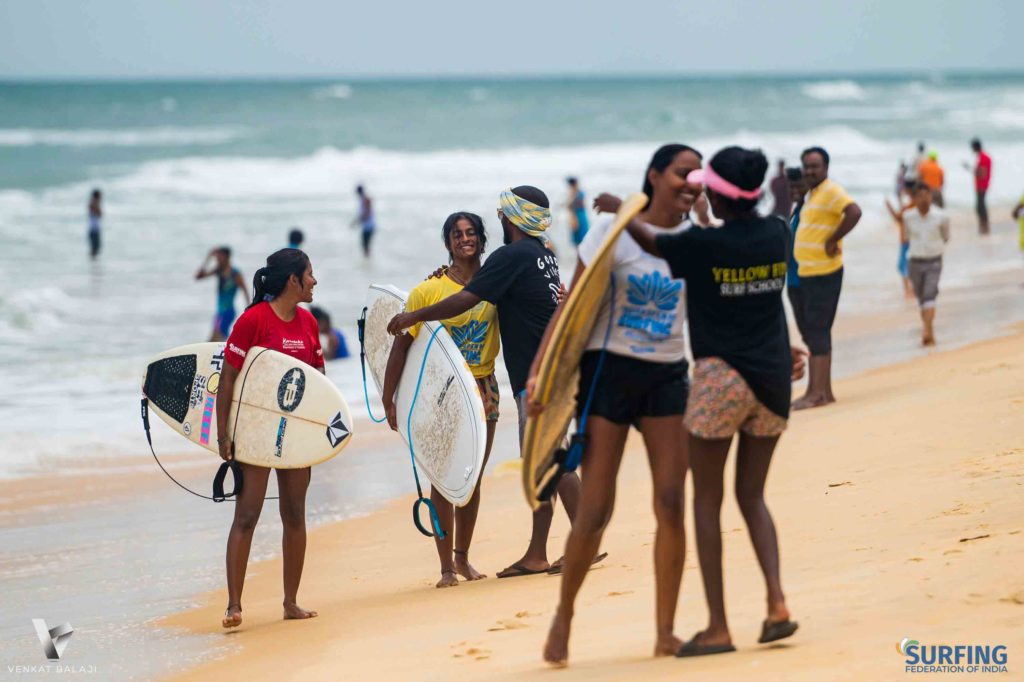
History of surfing in India?
Rammohan Paranjape and Kishore Kumar started surfing as teenagers around 17 years ago. They were part of the nation’s first generation of surfers that would ultimately ignite the Indian surfing scene. The frothers would go on to establish the Surfing Federation of India; “One of our good mates from Australia suggested that we look into forming a national body under ISA to develop surfing and bring a structure around the sport in the early years.” Their passion for surfing created a national organisation that has now been going for over ten years. The SFI has given a platform to the thousands of Indians who are surfing in India today and created an opportunity for the next generation to hopefully take the sport to new levels.
Surfing is growing in India. What’s the ceiling?
India has never had a professional surfer, but there could be potential for the next generation, given the recent growth in surfing, which is what the SFI aims to support.
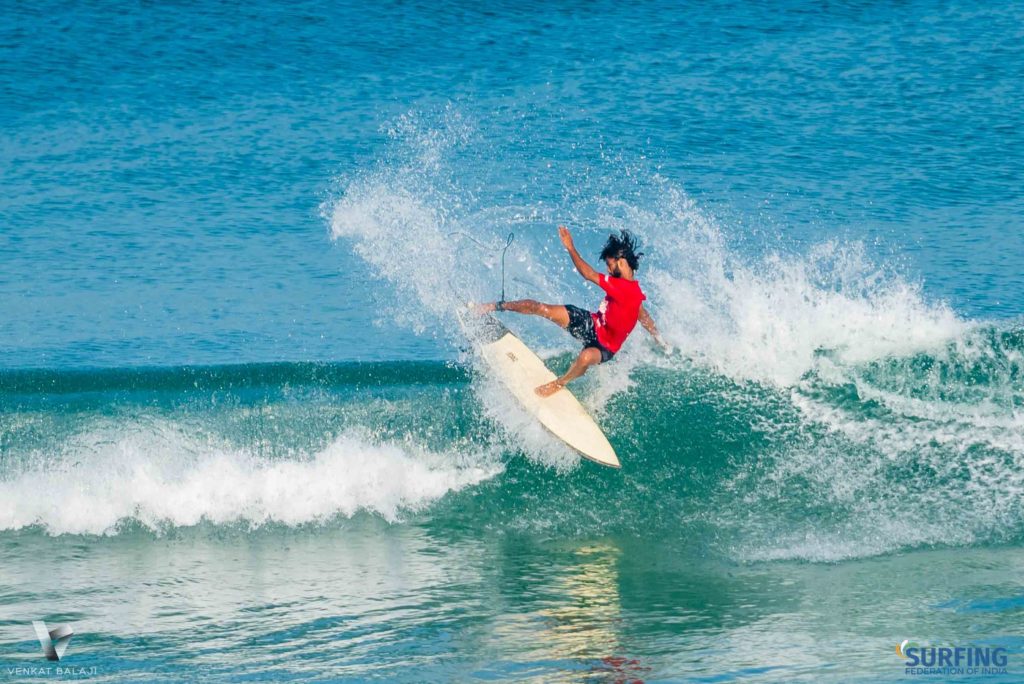
As we have witnessed with the Brazilian dominance on the championship tour, surfers from developing countries have a desire to win that many of the other competitors can’t match. Recent world champs Gabe and Italo grew up in challenging circumstances in poverty-stricken Brazil. Ramm claims that surfing is now “one of the most sought-after activities for the Indian youth.” If a future Indian surfer can break into the professional scene and inspire young Indians, who knows what the trajectory of the sport may be.
Surfing in the Olympics has had a significant effect on the number of surfers around the world. To qualify for the Olympics as an Asian nation, the Indian surfing team would need to overcome the talented Indonesian & Japanese teams – a big feat for a young surfing nation. They may not be quite there yet but beware of the sleeping giant.
What are the waves like in India?
The waves are small and mediocre throughout most of the year in India. However, it can turn on, especially in the pre-monsoon season, which is between April – September across India’s East and West coasts. There have been a few surfing missions to India over the years. Most famously, Dave Rastovich scored rapturous tubes at the reef-break Lakshadweep on a trip for Taylor Steele’s Castles of the Sky.
Ramm was apart of The Rip Curl Search team in 2016 that toured around India’s West Coast for waves. He also became friends with photographer Ted Grambeau when he visited Australia for the first time. The celebrated surf photographer was curious about the surfing scene in India. Ted would later go on to photograph for Rip Curl’s Search project in India and would hire Ramm as a tour guide to show off surf spots. Ramm introduced the search team, including free-surfers Dillion Perillo, Pat Curren and Louie Hynd to some of India’s
best waves, with multiple places being surfed for the first time.
Obstacles to surfing’s growth in India?
Ramm claims that the better part of the Indian population has long been afraid of the ocean. “For the longest time, the majority of the population has avoided entering the water; only the fishing community are not afraid of the ocean. Only now, there seems to be a cultural shift amongst new age Indians and youth who are more adventurous and forthcoming to beach culture and water.”
A big concern in India is the litter in the oceans. Many still treat the ocean as a garbage dispensary. The dirty beaches often leave an overwhelmingly negative impression on travellers, which keeps them away from the beach. This is not to suggest that all Indian beaches are garbage tips. They are not. India still boasts beautiful beaches up and down its 7,500km coastline; it’s just that sometimes they might be a little hard to find. Ramm and the SFI have established the ‘Surfing Swami foundation’ which focuses on conservation and clean-up programs around India’s beaches to combat this issue.
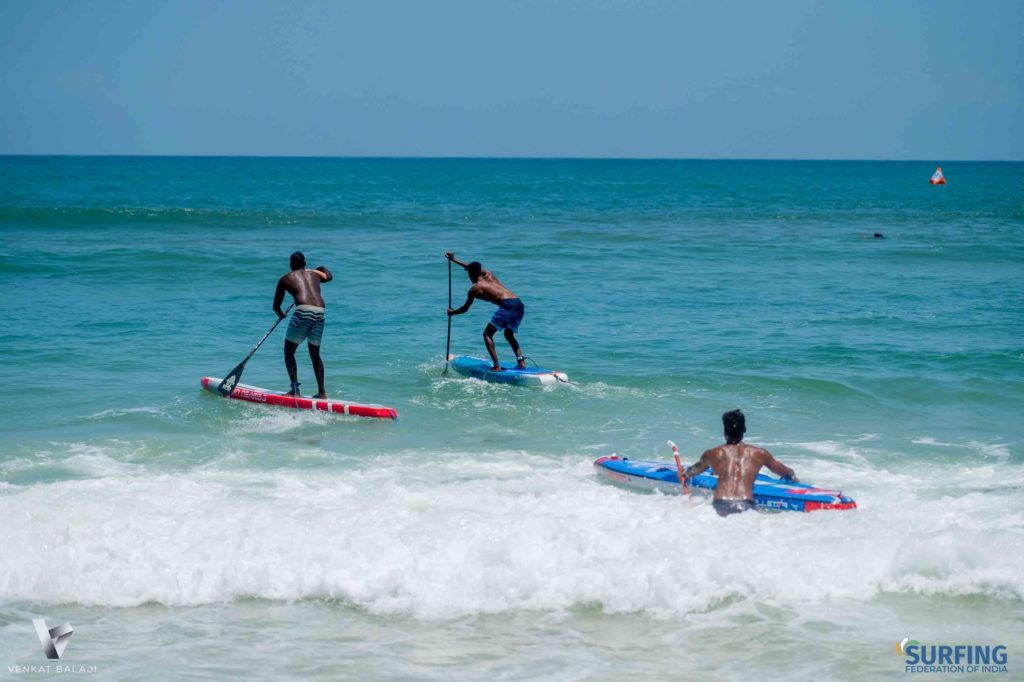
Another challenge to any sport trying to take a foothold in India is the nation’s passionate love of cricket. According to Ramm, “the rest of the sports are generally dwarfed in comparison to cricket when it comes to viewership, following and sponsorship.” Cricket is a phenomenon in India, with stars such as Virat Kohli and Sachin Tendulkar treated like demi-gods. Ramm is hopeful that surfing can one day take a small portion of India’s 1.8-billion-person population; “just a small percentage would make a huge difference in terms of numbers and that’s our (SFI) goal,” he insists.
How does the future of surfing look in India?
Ramm does not doubt that surfing in India is here to stay and believes “the country will continue to embrace the sport, lifestyle and culture.” There is a combination of factors that support Ramm’s optimism. India has over 7000 km of coastline, with 600 million people living along the coast. This monstrous population plus the continued growth of the middle class means families now have disposable incomes to spend money on activities like surfing.
Ramm insists there is plenty to be excited about in the future of surfing in India. The SFI will be an integral part of the growth of surfing; they currently have plans to establish an annual domestic competition. Who knows, we might soon see an Indian surfer on the QS and the WSL heading there for a contest. Perhaps it will also emerge as the ultimate travel location for curry-loving surfers who want to catch a few uncrowded waves and experience the rich and vibrant culture of the sleeping giant of surfing, India.

